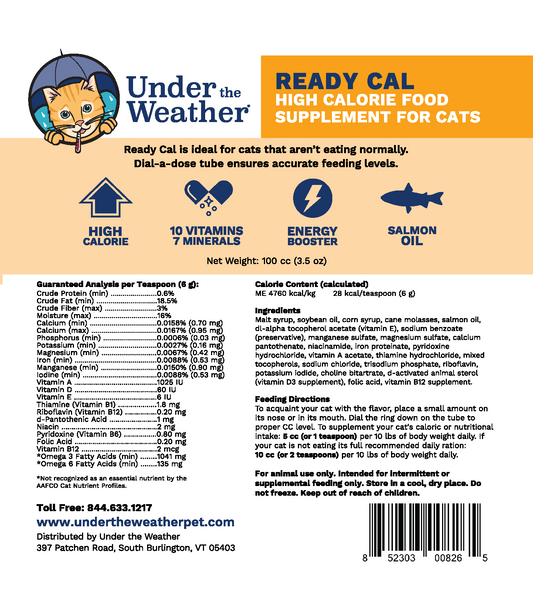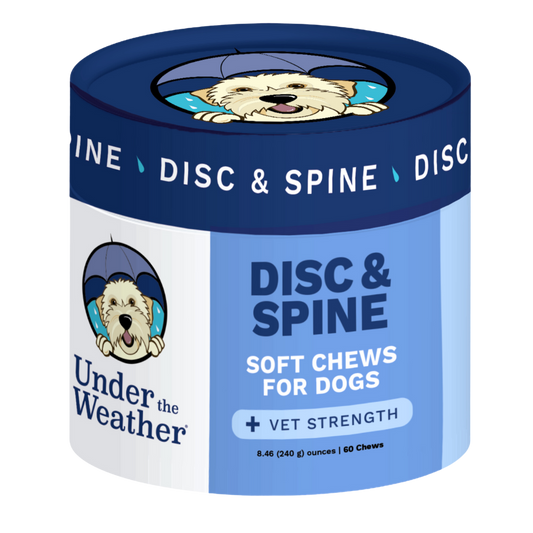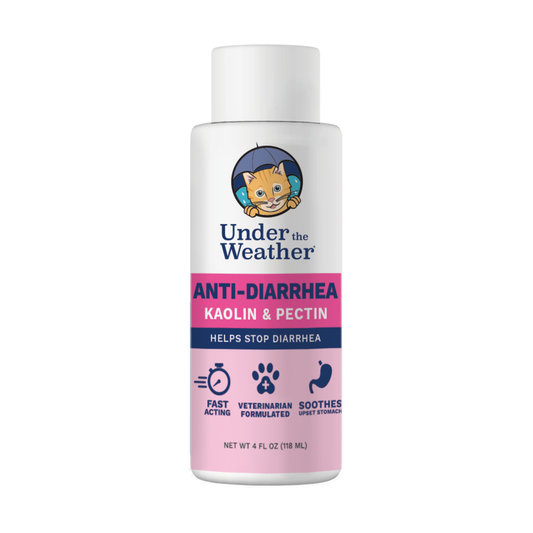Understanding Calming Treats for Dogs
Dogs can experience anxiety and stress, just like humans. As loving and responsible pet owners, finding ways to help alleviate their discomfort is important. Calming treats have gained popularity as a potential solution for soothing anxious dogs. But what exactly are calming treats?
Calming treats are a convenient way to help calm your furry friend and can also serve as a positive reinforcement tool during training sessions. By associating the calming treat with a sense of relaxation, you can reinforce good behavior in your dog and create a positive bond between you and your beloved pet.
What are Calming Treats?
Calming treats are specially formulated snacks that claim to help relax dogs during stressful situations. They often contain a combination of natural ingredients believed to have calming properties. These treats are designed to be easily consumed by dogs and can be used to supplement their regular diet.
When choosing calming treats for your dog, it's essential to consider their specific needs and preferences. Some dogs may respond better to treats with a higher concentration of certain ingredients, while others may prefer a different flavor or texture. Understanding your dog's preferences can help you select the most effective calming treat for them.
Key Ingredients in Calming Treats
Calming treats typically include a variety of ingredients that are known to have calming effects on dogs. Some common ingredients include:
- Chamomile: This herb is known for its soothing properties and is believed to help dogs relax.
- L-Tryptophan: An amino acid that promotes the production of serotonin, a neurotransmitter associated with feelings of calmness and well-being.
- Valerian Root: Valerian root has been used for centuries to promote relaxation and reduce anxiety in both humans and animals.
- Lavender: The scent of lavender is thought to have a calming effect on dogs, helping them feel more at ease.
Evaluating the Safety of Calming Treats
Potential Side Effects of Calming Treats
While calming treats can be beneficial for some dogs, it's important to be aware of potential side effects. Some dogs may experience mild digestive issues, such as upset stomach or diarrhea, after consuming these treats. If your dog shows any signs of discomfort or adverse reactions, it's best to discontinue use and consult with your veterinarian.
It's also worth noting that the dosage of calming treats is crucial. Giving your dog too many treats can lead to an overdose of certain ingredients, which may result in more severe side effects. Always follow the recommended dosage instructions provided by the manufacturer to ensure the safety and effectiveness of the product.
Long-Term Implications of Using Calming Treats
Another concern is the long-term implications of using calming treats. These treats should not be relied upon as the sole method of managing your dog's anxiety. It's crucial to address the root cause of their stress and consider other behavioral training methods or natural remedies.
Furthermore, prolonged use of calming treats without addressing the underlying issues can potentially lead to unnecessary and frustrating dependency. Your dog may become reliant on the treats for comfort, making it challenging to wean them off in the future. It's essential to work with a professional, such as a certified dog behaviorist, to develop a comprehensive plan that focuses on long-term solutions for your furry companion's well-being.
Vet Opinions on Calming Treats
When Vets Recommend Calming Treats
Veterinarians may recommend the use of calming treats in certain situations, such as during fireworks or thunderstorms, car rides, or vet visits. These treats can provide temporary relief for dogs experiencing acute anxiety or stress.
It is important to note that while calming treats can be a helpful tool in managing a dog's anxiety, they should not be seen as a cure-all solution. Vets often recommend using calming treats in conjunction with behavior modification techniques and training to address the root cause of the anxiety and promote long-term behavioral changes.
Concerns Raised by Veterinary Professionals
While some veterinarians support the use of calming treats, others express concerns about their efficacy and potential risks. Some argue that the effectiveness of calming treats can vary widely between different dogs and that a one-size-fits-all solution may not be suitable for every dog's unique needs. Additionally, the precise dosages of the calming ingredients in treats may not be regulated, leading to inconsistent results.
Furthermore, there is an ongoing debate within the veterinary community about the long-term effects of the frequent use of calming treats. Some professionals worry that relying too heavily on these products may mask underlying behavioral issues that require more comprehensive intervention for the optimal well-being of the dog. It is recommended to consult with a veterinarian or a certified animal behaviorist to develop a holistic approach to managing your dog's anxiety.
Alternatives to Calming Treats
Natural Methods to Calm Your Dog
For pet owners who prefer natural alternatives, several methods can help calm dogs without the use of calming treats. These include:
- Exercise: Regular exercise can promote relaxation and reduce anxiety in dogs.
- Mindful Stimulation: Engage your dog's mind with interactive toys and puzzles to distract them from stressful situations.
- Massage: Gentle massage techniques can help relax your dog and alleviate tension.
- Aromatherapy: Some scents, like lavender or chamomile, can have a calming effect on dogs when used in a diffuser or sprayed on their bedding.
Additionally, incorporating calming music or white noise in your dog's environment can create a soothing atmosphere that promotes relaxation. The gentle sounds can help mask loud noises that may trigger anxiety in your furry friend, providing a sense of security and comfort.

Behavioral Training for Anxiety Reduction
Working with a professional dog trainer or behaviorist can be an effective way to address the underlying causes of your dog's anxiety. Through positive reinforcement techniques and desensitization, dogs can learn to cope with stressors in a more controlled manner.
Furthermore, creating a safe space for your dog, such as a cozy den or designated area with their favorite toys and blankets, can give them a retreat when they feel overwhelmed. This space should be quiet and peaceful, allowing your dog to relax and unwind whenever they need a break from external stimuli.
Making an Informed Decision
Factors to Consider Before Giving Your Dog Calming Treats
Before incorporating calming treats into your dog's routine, it's essential to consider the following factors:
- Underlying Health Conditions: Determine whether your dog has any pre-existing health conditions that may interact negatively with the ingredients in calming treats.
- Veterinary Guidance: Consult with your veterinarian to ensure that the specific brand and formulation you choose are safe and appropriate for your dog's individual needs.
Additionally, it's crucial to research the reputation of the brand you are considering. Look for companies that prioritize quality ingredients and have a track record of producing safe and effective products. Reading reviews from other pet owners can also provide valuable insights into the efficacy of the calming treats.
How to Safely Introduce Calming Treats to Your Dog's Diet
To introduce calming treats to your dog's diet safely, start with a small portion to gauge their response. Monitor your dog closely for any adverse reactions or changes in behavior. Gradually increase the dosage as recommended by the manufacturer or your veterinarian.
Furthermore, observe your dog's overall behavior and mood after incorporating calming treats into their routine. Note any changes, positive or negative, and keep a log to track their progress over time. This information can be helpful when discussing your dog's response with your veterinarian or a professional dog behaviorist.
Final Thoughts
Remember, every dog is unique, and what works for one may not work for another. It may take some trial and error to find the right type of calming treat and dosage that suits your dog's specific needs. If you determine that an occasional calming treat is the best option for your favorite furry friend, let Under the Weather connect you with their high-quality products for the long-term health and happiness of your pet.












